Recombinant Human DKK1 protein(Met2-His266), His-tagged
| Cat.No. : | DKK1-32H |
| Product Overview : | Recombinant Human DKK1(NP_036374.1) (Met 2-His 266) was expressed in HEK293 with a C-terminal polyhistidine tag. |
| Availability | April 26, 2025 |
| Unit | |
| Price | |
| Qty |
- Specification
- Gene Information
- Related Products
- Case Study
- Application
- Download
| Species : | Human |
| Source : | HEK293 |
| Tag : | His |
| Protein Length : | 2-266 a.a. |
| Form : | Lyophilized from sterile PBS, pH 7.4. Normally 5 % - 8 % trehalose, mannitol and 0.01% Tween80 are added as protectants before lyophilization. |
| Bio-activity : | Measured by its ability to inhibit Wnt3a-induced alkaline phosphatase production by C3H10T1/2 cells. The ED50 for this effect is approximately 0.1-0.4 μg/ml in the presence of 10 ng/mL of mouse Wnt3a. |
| Molecular Mass : | The recombinant human DKK1 protein consists of 246 amino acids and has a calculated molecular mass of 27.22 kDa. In SDS-PAGE under reducing conditions, the apparent molecular mass of rh DKK1 is approximately 42.9 kDa due to glycosylation. |
| Endotoxin : | < 1.0 EU per μg of the protein as determined by the LAL method |
| Purity : | > 90 % as determined by SDS-PAGE |
| Storage : | Samples are stable for up to twelve months from date of receipt at -20°C to -80°C. Store it under sterile conditions at -20°C to -80°C. It is recommended that the protein be aliquoted for optimal storage. Avoid repeated freeze-thaw cycles. |
| Reconstitution : | It is recommended that sterile water be added to the vial to prepare a stock solution of 0.2 ug/ul. Centrifuge the vial at 4°C before opening to recover the entire contents. |
| Gene Name | DKK1 dickkopf 1 homolog (Xenopus laevis) [ Homo sapiens ] |
| Official Symbol | DKK1 |
| Synonyms | DKK1; dickkopf 1 homolog (Xenopus laevis); dickkopf (Xenopus laevis) homolog 1; dickkopf-related protein 1; DKK 1; SK; hDkk-1; dickkopf-1 like; dickkopf related protein-1; DKK-1; |
| Gene ID | 22943 |
| mRNA Refseq | NM_012242 |
| Protein Refseq | NP_036374 |
| MIM | 605189 |
| UniProt ID | O94907 |
| ◆ Recombinant Proteins | ||
| DKK1-1069H | Active Recombinant Human DKK1 Protein, Biotinylated | +Inquiry |
| Dkk1-15M | Recombinant Mouse Dkk1 Protein, His-tagged | +Inquiry |
| Dkk1-395M | Active Recombinant Mouse Dickkopf Homolog 1 (Xenopus laevis), His-tagged | +Inquiry |
| Dkk1-5641M | Recombinant Mouse Dkk1 Protein (Thr32-His272), N-8×His tagged | +Inquiry |
| DKK1-277H | Recombinant Human DKK1, His-tagged, Biotinylated | +Inquiry |
| ◆ Cell & Tissue Lysates | ||
| DKK1-2983HCL | Recombinant Human DKK1 cell lysate | +Inquiry |
| DKK1-2622RCL | Recombinant Rhesus DKK1 cell lysate | +Inquiry |
Case 1: Ye X, et al. Radiother Oncol. 2023
High DKK1 expression in head and neck squamous cell carcinoma (HNSC) correlates with poor survival and radioresistance, while DKK1 knockdown enhances radiotherapy sensitivity by reducing cell viability and increasing apoptosis. DKK1high tumors exhibit immunosuppressive microenvironments with elevated MDSCs and reduced T-cell infiltration, positioning DKK1 inhibition as a strategy to augment radioimmunotherapy efficacy and overcome ICI resistance in HNSC.
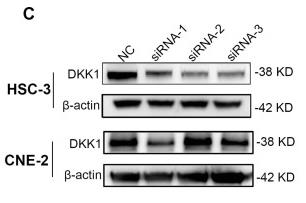
Fig1. The protein level of DKK1 determined by immunoblotting at 48 h after siRNA transfection.
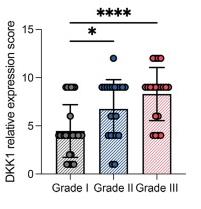
Fig2. Quantitative analysis of DKK1 protein expression in HNSC tissues with different pathological grades.
Case 2: Park H, et al. BMB Rep. 2022
DKK1 enhances osteoblast matrix mineralization via CaMK2A-CREB1 signaling without promoting maturation, revealing a dual role in bone formation. While antagonizing WNT/β-catenin, DKK1 drives calcium influx and nuclear p-CREB1 translocation, whereas its knockdown in SaOS2 cells impairs these processes, offering therapeutic insights for skeletal disorders.
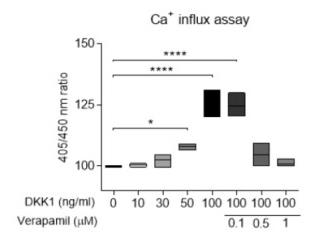
Fig1. Cells were treated DKK1 and verapamil in dose-dependent manner.
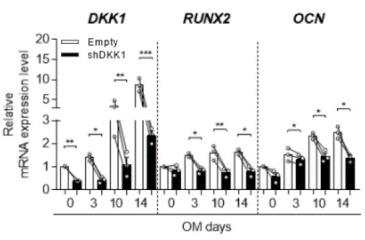
Fig2. At indicated days, cells were analyzed by RT-qPCR for DKK1, RUNX2, and OCN mRNA levels.
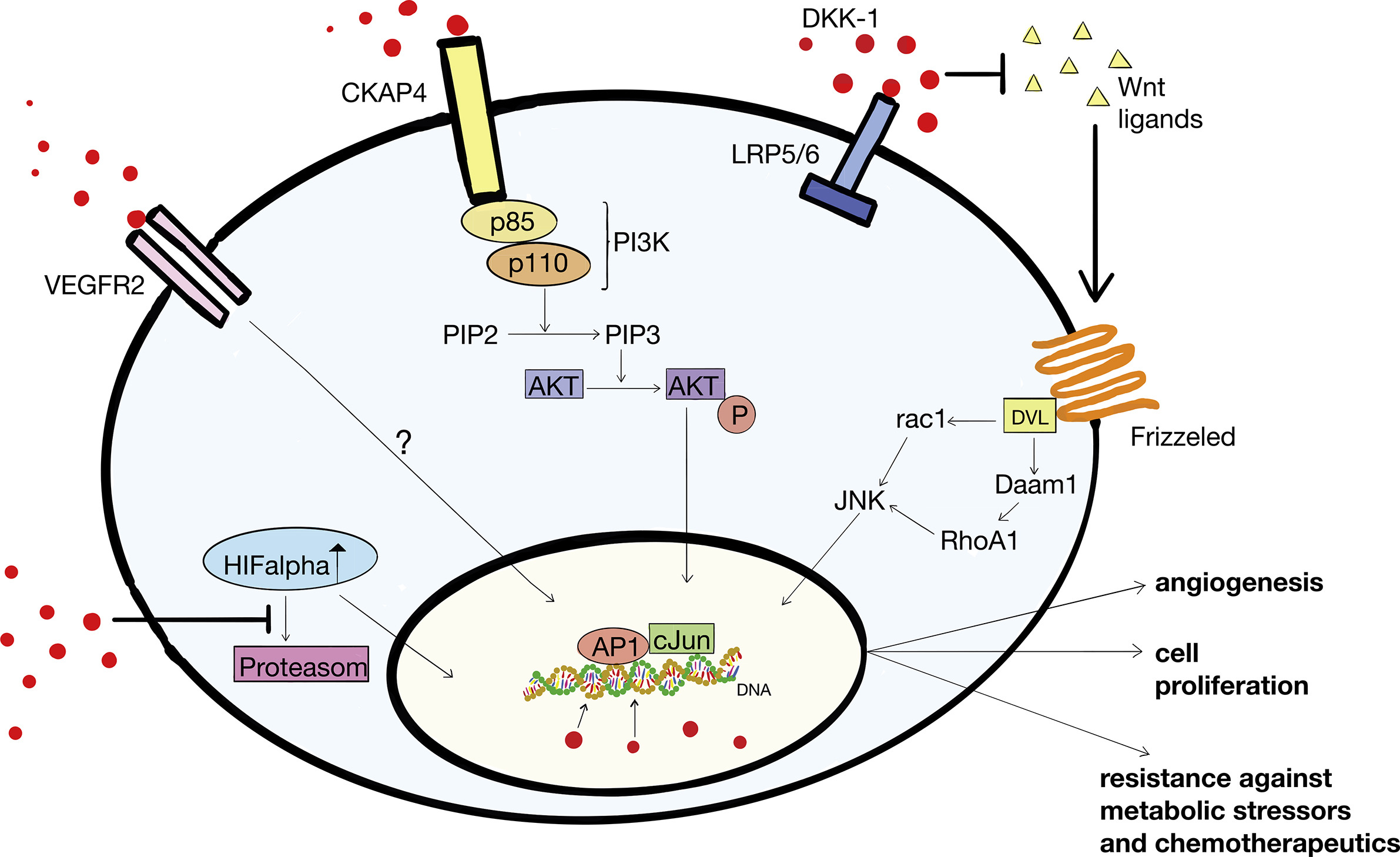
Fig1. Cellular pathways involved in facilitating the pro-tumorigenic effects of DKK-1. (Nikolai Jaschke, 2020)
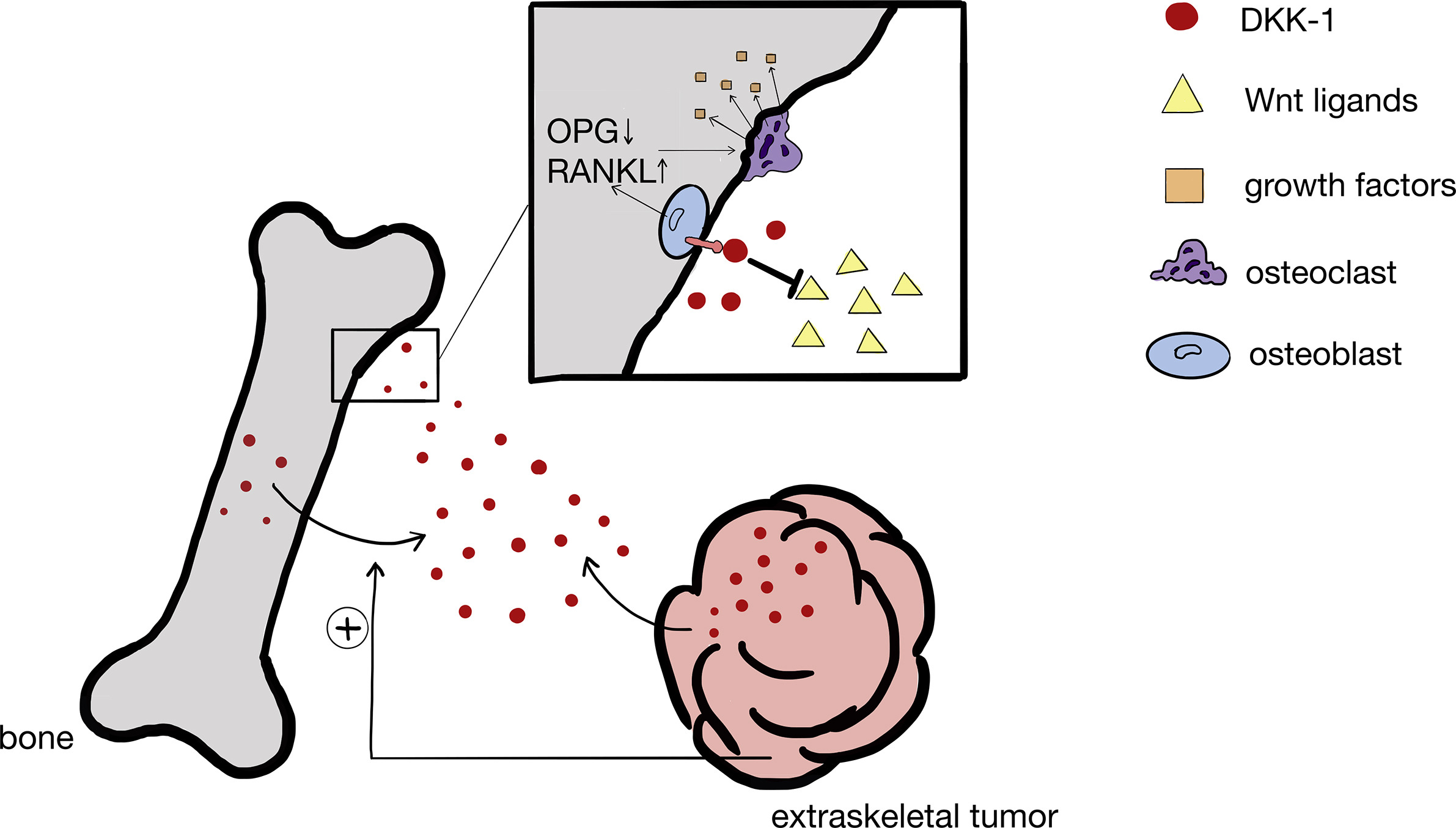
Fig2. Dickkopf-1 as a mediator of malignant bone disease. (Nikolai Jaschke, 2020)
Not For Human Consumption!
Inquiry
- Reviews
- Q&As
Ask a Question for All DKK1 Products
Required fields are marked with *
My Review for All DKK1 Products
Required fields are marked with *
Inquiry Basket


